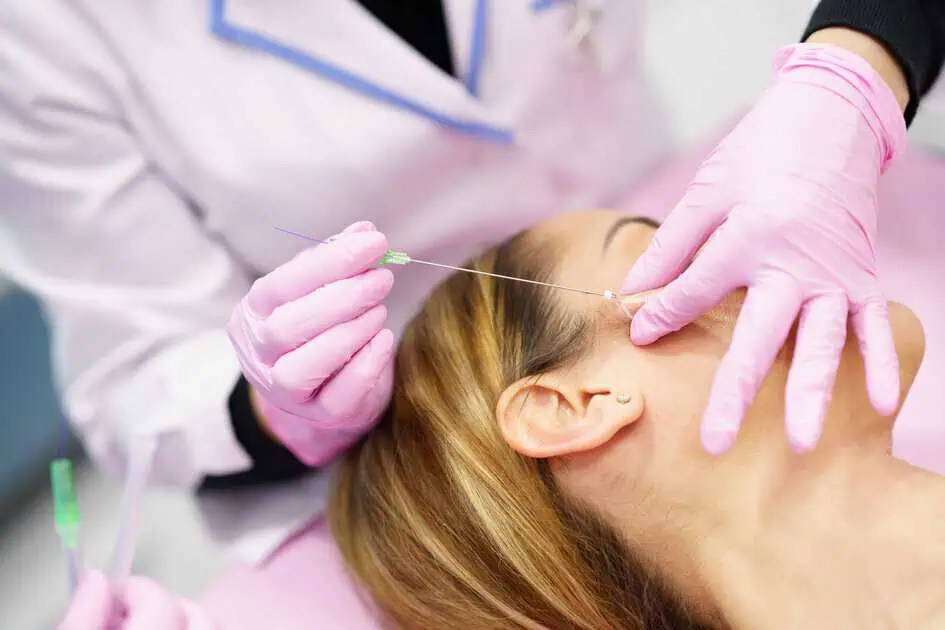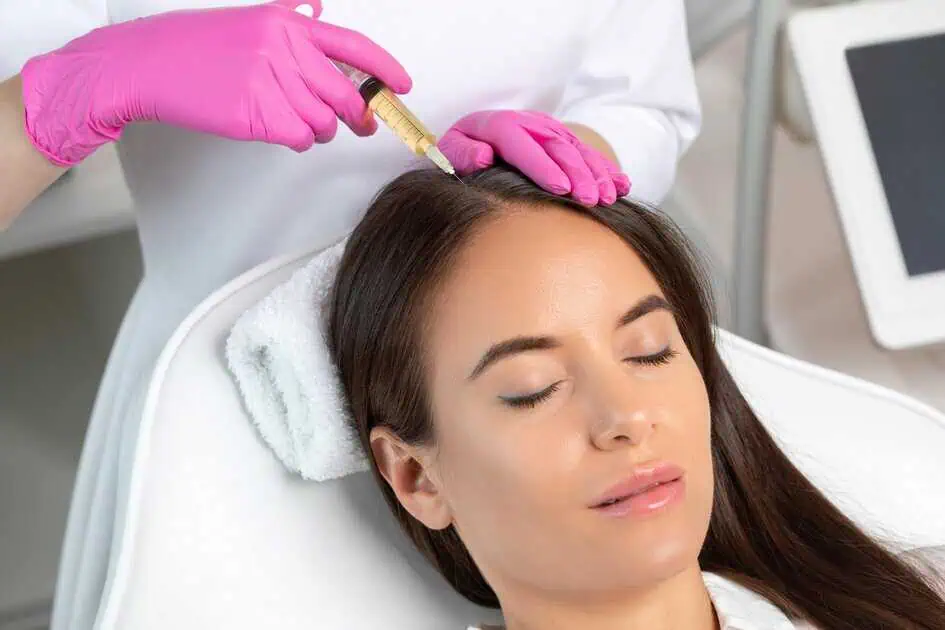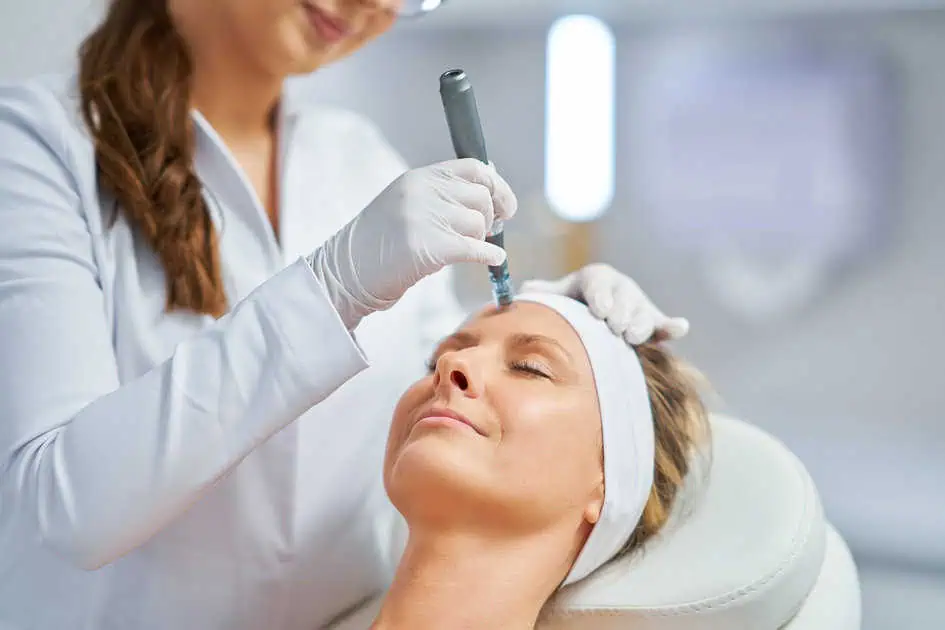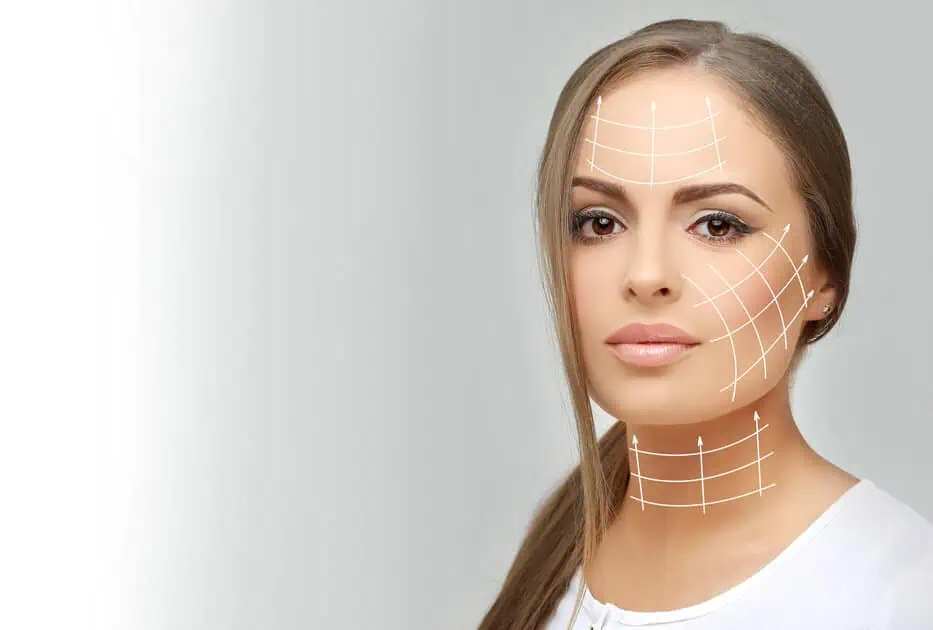Throughout history, men and women alike have yearned for the allure of thick, luscious hair. The image of cascading locks has been a timeless symbol of beauty, confidence, and vitality. Yet, the unfortunate reality is that hair loss is a prevalent concern affecting countless individuals, shattering their self-assurance and leaving them searching for effective solutions. Through this examination, we aim to equip readers with the knowledge necessary to make informed decisions on their journey toward hair restoration, ultimately empowering them to regain their physical appearance, confidence, and overall well-being.
Understanding Hair Loss
Causes of Hair Loss:
As a primary cause, genetics often results in androgenetic alopecia, commonly known as pattern baldness. This hereditary condition leads to the gradual thinning and eventual loss of hair. Additionally, hormonal imbalances, such as those experienced during pregnancy or menopause, can trigger hair loss. Certain medical conditions like thyroid disorders and autoimmune diseases can also contribute to hair loss. Furthermore, lifestyle choices, including excessive stress, poor nutrition, and harsh hairstyling practices, can exacerbate the condition.
Types of Hair Loss:
Understanding the different types of hair loss is crucial in determining appropriate treatment approaches. Androgenetic alopecia, the most prevalent form, affects both men and women and follows a predictable pattern of hair thinning. Alopecia areata, on the other hand, manifests as patchy hair loss and is believed to result from an autoimmune response. Telogen effluvium is characterized by sudden, temporary hair shedding due to physical or emotional stressors.
Psychological Effects:
Hair loss extends beyond physical manifestation, profoundly impacting individuals’ psychological well-being. The emotional toll can be substantial, leading to diminished self-esteem, social anxiety, and depression. Hair loss can significantly alter one’s self-image, making one feel self-conscious and withdrawn from social interactions. Consequently, it can negatively affect personal relationships, career prospects, and overall quality of life.
Platelet Rich Fibrin (PRF) for Hair Restoration: Benefits and Mechanism of Action
Platelet Rich Fibrin (PRF) is a cutting-edge technique that has gained recognition as a promising treatment for hair restoration. Derived from a patient’s blood, PRF harnesses the regenerative properties of platelets and fibrin to stimulate hair growth and a healthy scalp.
Benefits of PRF for Hair Restoration:
- Natural and Autologous: PRF is a natural treatment utilizing the patient’s blood components. As a result, it eliminates the risk of allergic reactions or adverse side effects associated with foreign substances. Using autologous material ensures a safe and compatible solution tailored to the individual.
- Promotes Hair Growth: These bioactive substances play a vital role in stimulating the regeneration and proliferation of cells, including hair follicles. By enhancing the growth phase of the hair cycle, PRF promotes the growth of thicker, stronger, and healthier hair.
- Improves Scalp Health: The growth factors present in PRF have been shown to affect scalp health positively. This leads to a healthier scalp environment conducive to hair growth and minimizes conditions that may contribute to hair loss.
- Non-Surgical and Minimally Invasive: PRF is a non-surgical and minimally invasive procedure, making it a convenient option for individuals seeking hair restoration without undergoing extensive surgical interventions. It involves a simple and quick process of drawing a small amount of blood from the patient and processing it to extract the PRF.
Mechanism of Action of PRF for Hair Restoration:
- Collection and Preparation: A small amount of the patient’s blood is drawn and placed into a special centrifuge. The centrifuge spins the blood at a precise speed to separate its components based on their density. This process isolates the platelet-rich portion, which is then transformed into a fibrin matrix, creating PRF.
- Release of Growth Factors: Once PRF is applied to the scalp, the fibrin matrix acts as a reservoir, gradually releasing growth factors over an extended period. They initiate the repair and regeneration processes by attracting stem cells and promoting the proliferation of new cells.
- Stimulation of Hair Follicles: The released growth factors in PRF stimulate dormant or weakened hair follicles, promoting their transition into an active growth phase. They improve blood supply to the hair follicles, increase the thickness and density of hair shafts, and prolong the hair growth cycle. As a result, PRF fosters new hair growth and revitalizes existing hair, leading to improved hair volume and quality.
Microneedling with AnteAGE MD Hair Microneedling Serum: Benefits and Mechanism of Action for Hair Restoration
Microneedling with AnteAGE MD Hair Microneedling Serum is an innovative technique that combines microneedling, a minimally invasive procedure, with a specialized hair serum. This approach has gained recognition as an effective method for hair restoration.
Benefits of Microneedling with AnteAGE MD Hair Microneedling Serum:
- Stimulates Hair Growth: Microneedling creates tiny punctures in the scalp, triggering a controlled injury response. This stimulates the production of growth factors and increases blood flow to the hair follicles. Combined with AnteAGE MD Hair Microneedling Serum, specifically formulated to support hair follicle health, this technique can promote hair growth and improve hair density.
- Enhances Absorption of Hair Serum: Microneedling creates microchannels on the scalp’s surface, allowing for better penetration and absorption of the AnteAGE MD Hair Microneedling Serum. The serum contains active ingredients such as cytokines, growth factors, peptides, and antioxidants that nourish the hair follicles, strengthen the hair shafts, and promote a favorable environment for hair growth.
- Improves Scalp Health: Microneedling with the hair serum can improve scalp health by stimulating collagen production and enhancing blood circulation in the scalp. It can also reduce inflammation, remove dead skin cells, and unclog hair follicles, creating an optimal environment for hair growth.
- Non-Surgical and Minimally Invasive: Microneedling is a non-surgical and minimally invasive procedure involving fine needles to create controlled punctures on the scalp. This makes it convenient for individuals seeking hair restoration without undergoing extensive surgical interventions. It also has minimal downtime and recovery compared to more invasive procedures.
Mechanism of Action of Microneedling with AnteAGE MD Hair Microneedling Serum:
- Preparation: The scalp is thoroughly cleansed to remove any impurities or oils. A derma roller or a microneedling pen with fine needles is gently rolled or pressed onto the scalp. The depth of needle penetration is carefully controlled to avoid discomfort and injury.
- Microinjury and Growth Factor Release: The microneedles create microchannels on the scalp’s surface, which induce a controlled injury response. This triggers the release of growth factors, cytokines, and other healing molecules that stimulate cellular regeneration, collagen production, and blood vessel formation.
- Application of AnteAGE MD Hair Microneedling Serum: Following microneedling, the AnteAGE MD Hair Microneedling Serum is applied to the scalp. The serum contains bioactive peptides, cytokines, and growth factors that nourish the hair follicles, support their health, and promote hair growth. The microchannels created by microneedling allow for better absorption of these beneficial ingredients.
- Recovery and Results: After the procedure, the scalp may appear slightly red and experience mild sensitivity, but these effects typically subside within a few days. Over time, as the growth factors and nutrients from the serum take effect, individuals may notice improvements in hair density, thickness, and overall hair quality.
Choosing the Best Method for Hair Restoration
- Individual considerations
There are many different factors to consider when choosing a hair restoration method, including:
- The severity of your hair loss
- Your budget
- Your personal preferences
- Your overall health
It is important to consult with a medical professional to discuss your individual needs and goals. They can help you determine which method will most likely be effective.
Conclusion
The desire for hair restoration is deeply rooted in its profound impact on individuals’ confidence, self-esteem, and overall quality of life. Understanding the different hair restoration methods empowers individuals to make informed decisions that align with their needs and aspirations. Remember, the journey towards hair restoration requires patience, perseverance, and seeking professional advice to navigate the options effectively. By doing so, individuals can embark on a path toward regaining their hair, self-assurance, and well-being.
Ready to embark on your beauty journey? Eastside Aesthetics by Lena guides you every step of the way. Discover the confidence and radiance that lie within you. Contact us today to schedule a consultation and let Lena and her team create a customized treatment plan tailored to your unique beauty goals. Experience the transformative power of Eastside Aesthetics and unveil the best version of yourself. You deserve it.









